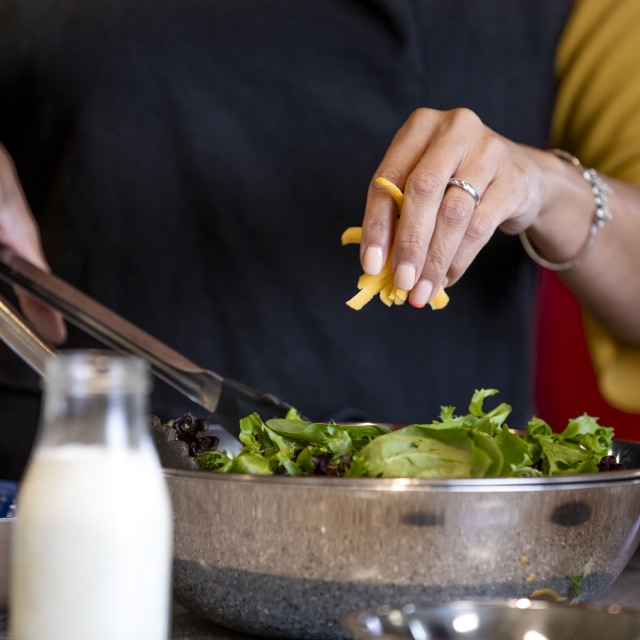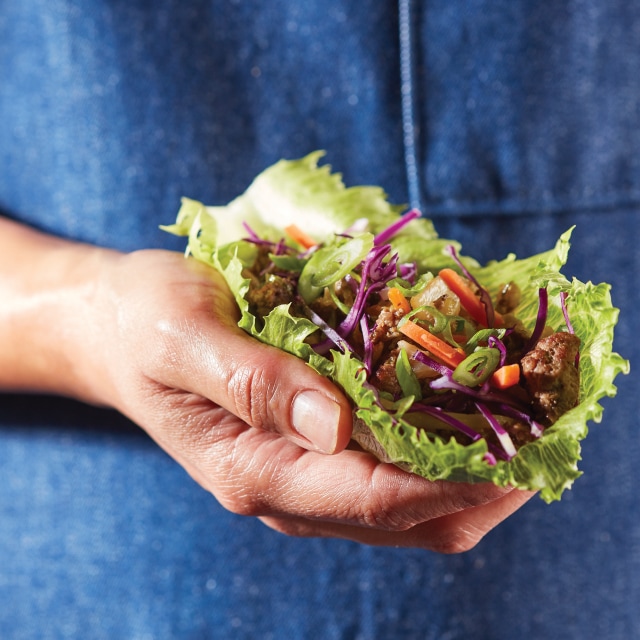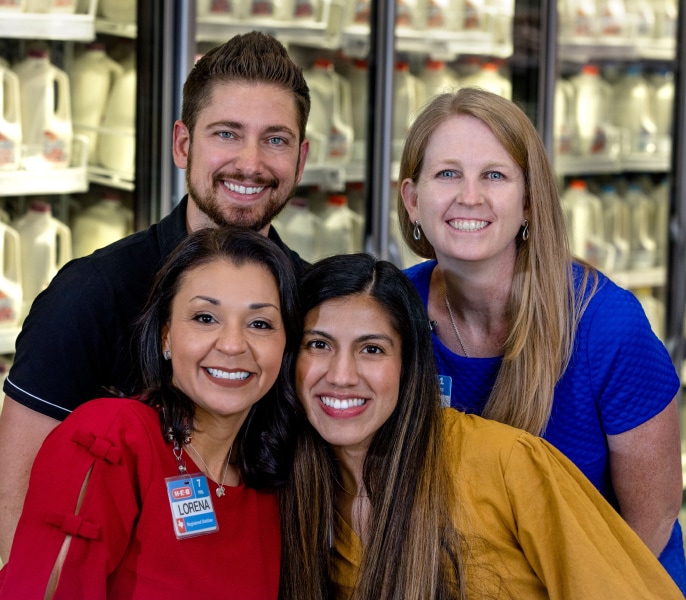To schedule, get in touch with the H‑E‑B Nutrition Services team today
(855) 803-9355|nutritionservices@heb.com|Monday - Friday 8:00am - 6:30pm
Why visit with an H-E-B Dietitian?
Start your Nutrition Services journey
(855) 803-9355|nutritionservices@heb.com|Monday - Friday 8:00am - 6:30pm
* Did you know your medical insurance may cover your H‑E‑B Dietitian visit? To check your benefits coverage, call (855) 803-9355
H-E-B Nutrition Services pricing
We accept most insurance plans, FSA & HSA eligible. | We offer in-person or virtual services. | Cash pay options available. | Cash pay required for visits booked within 72 hours.
Initial consult
60 min
In-depth nutrition assessment
Personalized nutrition goals
Cash price: $118
Follow-up consult
45 min
Basic nutrition assessment
Nutrition label education
Healthy food solutions
Cash price: $89
Inbody scan
15 min
Analyze your body's metabolic rate as well as muscle, fat, and water composition.
Cash price: $50
Get to know H‑E‑B Primary Care
Frequently asked questions
View our website privacy policy, terms and conditions, and notice of privacy practices.








